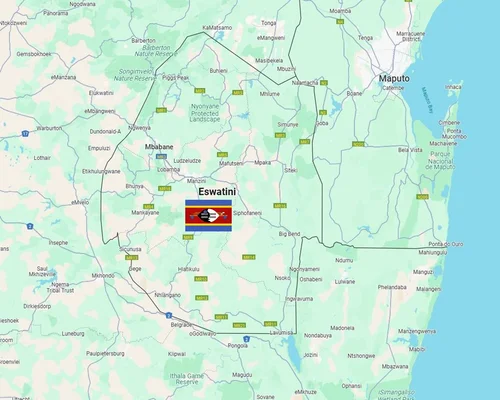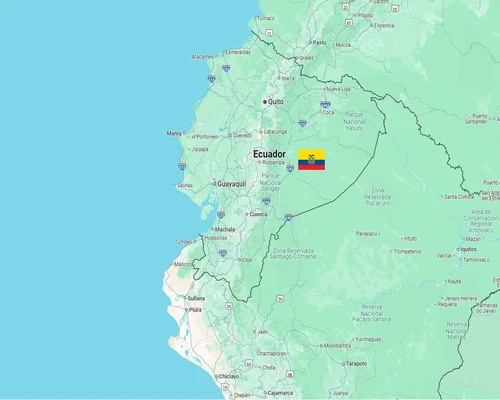
Fact About Bhutan
Fact About Bhutan
Bhutan is a small, peaceful, and naturally beautiful country in South Asia. It is known as the "Land of the Thunder Dragon" and is praised worldwide for its happiness index "Gross National Happiness" (GNH). Bhutan rich culture, Buddhism, and approach to environmental conservation make it unique.
Geographical location:
Location:
Located in South Asia.
In the eastern part of the Himalayas.
Borders:
To the north: China (Tibet).
To the south, east, and west: India.
Area: 38,394 square kilometers.
Natural features:
Most of the country is mountainous and densely forested.
Capitals and cities:
Capital: Thimphu.
It is the largest city and administrative center of Bhutan.
Largest city: Thimphu.
Other important cities: Paro, Punakha, Phuentsholing.
Population and language:
Population: About 800,000 (as of 2024).
Language:
Official language: Dzongkha.
Other local languages: Sharchopkha, Lojongkha.
Script: Tibetan script.
History and government:
History:
In the 17th century, Shabdrung Ngawang Namgyal unified Bhutan.
Bhutan was also an independent state during British rule.
Government:
Constitutional monarchy.
Current king: Jigme Khesar Namgyel Wangchuck.
Prime minister: Run by the country elected government.
Economy:
GDP:
The economy is small but stable.
Main Sectors:
Hydropower: Electricity trade with India is the main source of economy.
Agriculture and animal husbandry: Source of income for rural people.
Tourism: Tourism is popular due to Buddhism, heritage, and natural beauty.
Currency: Ngultrum (BTN), which is equivalent to the Indian rupee.
Culture and Religion:
Religion:
Main religion: Tantric Buddhism (Vajrayana Buddhism).
Other: Hinduism.
Culture:
Traditional dress: Men wear "Gho" and women wear "Kira".
Festivals:
Tshechu: This is a Buddhist religious dance festival.
Punakha Drukpa Teshu.
Handicrafts: Woodcarving, Tibetan paintings.
Gross National Happiness (GNH):
Concept:
Bhutan considers GNH as a measure of progress instead of GDP.
It is based on four pillars:
Sustainable development.
Cultural preservation.
Environmental protection.
Good governance.
Environmental conservation:
Carbon negative country:
Bhutan is the only carbon-negative country in the world.
The country has more than 70% forest cover.
Environmental policy:
Organic farming and plastic are banned.
Natural beauty:
Mountains and rivers:
Famous for the beauty of the Himalayas and glacial rivers.
Major attractions:
Tiger Nest Monastery in Paro.
Punakha Dzong.
Bumthang Valley.
Wildlife:
Taktasingh, snow leopard, and red panda are seen.
Conclusion:
Although Bhutan is a small country, its peaceful environment, natural beauty, and cultural heritage make it unique in the world. It is known for a sustainable lifestyle and a country of happy people. Many countries can learn from Bhutan philosophy and environmental protection policies.



























